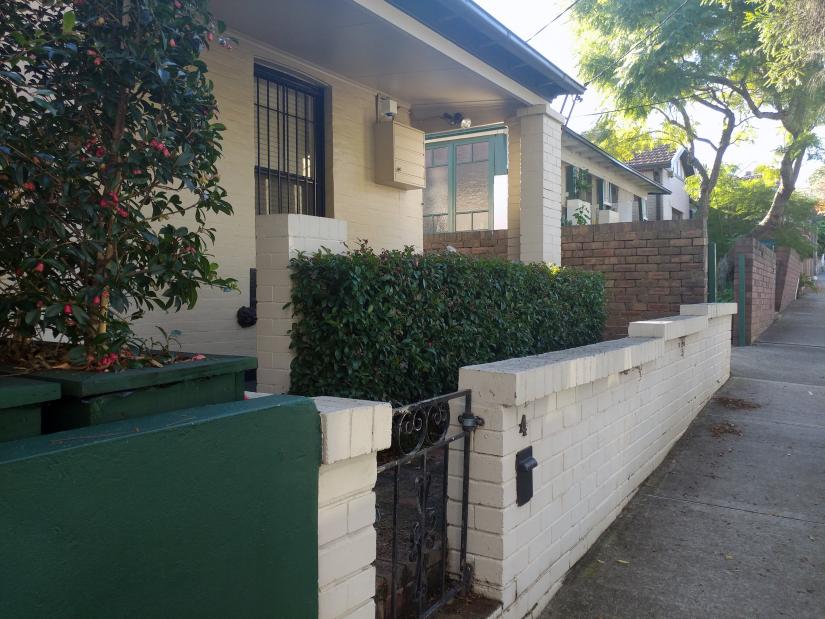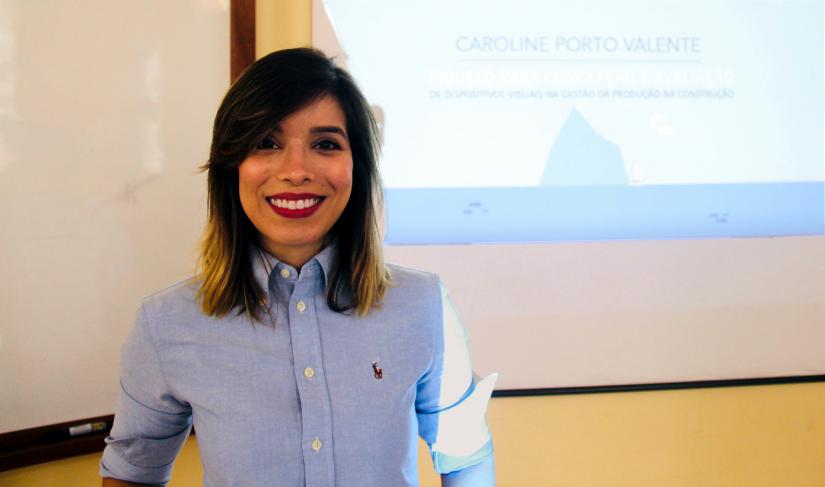Climate change is here. Are pensioners' homes ready?
Most people want to live out their twilight years in their own homes, but for Australians on the aged pension, it’s sometimes easier said than done.

Most people want to live out their twilight years in their own homes, but for Australians on the aged pension, it’s sometimes easier said than done.
According to UTS PhD student Caroline Porto Valente, many older Australians experience what’s known as ‘energy poverty’, or an inability to live comfortably due to prohibitive energy costs. Porto Valente, whose research sits within the School of the Built Environment, is exploring this phenomenon among Australian aged pensioners.
“The idea of energy poverty is that you’re either struggling with high energy bills, you’re spending a large portion of your income on energy costs, or you are restricting your energy consumption so that you don’t have a high energy bill,” she says.
“In some situations, especially among vulnerable groups, if you’re restricting that energy consumption, you’ll be doing so to the detriment of your health – it may be that you’re not using the heating or the air conditioning when the weather is not very comfortable, so you might feel very hot or very cold, or you might not be preparing meals because you can’t afford to use the gas.”
Energy efficiency solutions that respond to climate change

PhD candidate Caroline Porto Valente says government energy-efficiency initiatives for older people could help tackle energy poverty.
According to Porto Valente, one of the biggest barriers to solving energy poverty is Australian’s old and energy inefficient housing stock – most aged pensioners live in homes that were built before the introduction of minimum energy efficiency requirements. The logical solution, then, is to minimise the power required to run them.
“There are three main ways of making residential energy efficiency improvements: energy-efficient building envelopes, the use of energy-efficient operational appliances and the installation of low-carbon and renewable energy systems,” she says.
For example, building envelopes can be improved by insulation in walls and ceilings and better-quality windows and window treatments, like double glazing. Energy efficient appliances include heating and cooling systems, hot water systems, as well as fridges, microwaves and washing machines, and renewable energy systems include solar panels, battery storage systems and solar hot water systems.
“Australia is also part of the Paris Agreement to reduce its carbon footprint, and a lot of this carbon footprint comes from residential buildings,” Porto Valente says.
“If we can work on improving the energy efficiency of the oldest and least-efficient stock, this can contribute to decarbonising this sector, meeting our targets for GHG emissions reduction, and improving the reliability and security of our energy infrastructure.”
Thermal comfort for older Australians: who should pay?
It’s important work, particularly as climate change drives increasing temperatures and increasingly erratic weather patterns. Older people are more likely to experience adverse or even fatal health outcomes as a result of extreme temperatures, which in turn puts increased pressure on Australia’s health care system.
As such, there’s a significant imperative to act now, rather than waiting for the situation to worsen. According to the Australian Bureau of Statistics, people aged 65 and up will comprise more than 20 per cent of Australia’s population by 2066.
“It is also a matter of urban resilience. Beyond the social welfare issues, there is the pressure on the health care system – if we do nothing, the problem will get worse,” Porto Valente says.
The sticking point, however, is money – for people on the aged pension, funding building improvements and new appliances often comes with significant upfront costs. Even if the initial cost can be met, some of these investments come with a long payback period that residents may not be alive to see.
For Porto Valente, it’s clear that governments have a role to play in subsidising energy-efficiency initiatives for older people.
“The idea with my research is that we can maybe try to organise some guidelines for low-cost and do-it-yourself measures that local councils could teach older pensioners how to do,” she says.
“And for the higher cost ones, which would indeed be the more efficient ones, there would need to be some kind of subsidy from the state or federal governments.”
Protecting vulnerable people through built environment research
Despite being only partway through her research, Porto Valente is commanding attention in the built environment and real estate sectors. She recently presented a paper at the 2020 Pacific Rim Real Estate Society (PRRES) Conference and won the PRRES 2020 Early Career Researcher and the PRRES 2020 PhD Award for Best Presenter, two of the three PhD student awards on offer. She also received the PRRES 2020 Best Refereed Paper award for a publication co-authored by her supervisors, Professor Sara Wilkinson and Professor Alan Morris.
“I really hope my research can contribute some insights into better policy frameworks to mitigate energy poverty, and to improve energy efficiency of homes, especially among vulnerable people,” she says.
